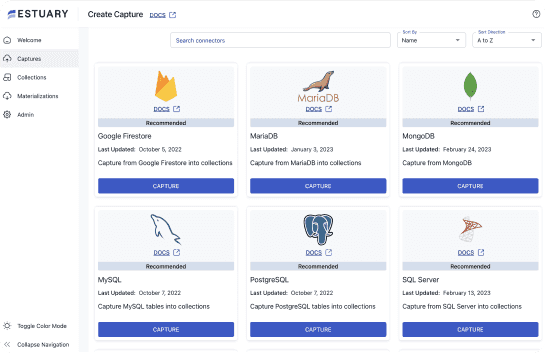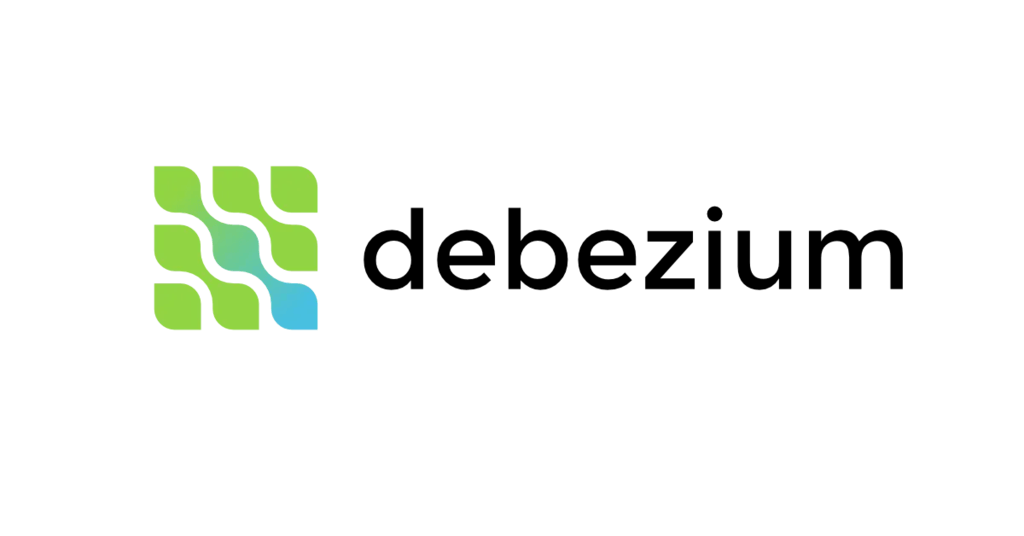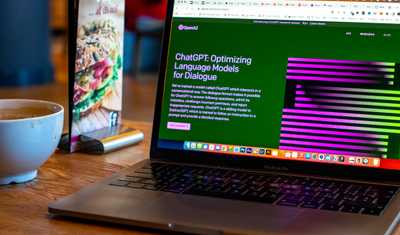
Amazon DMS (Database Migration Service) was originally designed as a one-time migration tool. Yet many teams have tried to retrofit it for ongoing Change Data Capture (CDC), only to find themselves grappling with operational bottlenecks, hidden costs, and system fragility.
If your goal is real-time, reliable, scalable CDC, you need a solution built from the ground up for streaming — not a migration tool in disguise.
Let’s walk through 4 powerful AWS DMS alternatives.
The 4 Best AWS DMS Alternatives for Real-Time CDC
Below are 4 modern platforms that offer a more scalable, reliable, and cost-efficient approach to Change Data Capture (CDC) than AWS DMS. Whether you're looking for a fully managed SaaS like Estuary Flow or prefer open-source control with Debezium, there’s an option that fits your architecture and team’s expertise.
1. Estuary Flow
Estuary Flow is a modern, fully managed Change Data Capture (CDC) platform purpose-built for real-time data pipelines. Unlike AWS DMS — which retrofits streaming onto a migration-first architecture — Estuary was engineered for low-latency, high-resilience CDC across clouds, databases, and environments.
It combines snapshotting, change capture, schema evolution, and delivery into a unified, declarative workflow — no bolted-on components, no fragile jobs to babysit.
Key Benefits:
- Built for real-time: Achieve millisecond-level latency with guaranteed consistency. Estuary streams change events as they happen — ideal for analytics platforms like Snowflake and Redshift.
- Zero-downtime schema evolution: Add, remove, or modify columns without restarting pipelines. Estuary detects and adapts automatically, keeping your streams healthy during change.
- Cloud-agnostic & deeply integrative: Natively supports major warehouses, lakes, and databases — including Snowflake, BigQuery, Redshift, Kafka, Postgres, MySQL, and more — whether on AWS, GCP, Azure, or on-prem.
- Incremental backfills & replay: Need to load history or reprocess events after an incident? Estuary lets you backfill and replay from any point in time without full reloads or duplicated data.
- Optimized for cost and scale: Say goodbye to expensive replication instances. Estuary’s event-driven architecture uses durable logs and micro-batching to lower infra costs while scaling smoothly with your data volume.
Why It’s Better Than DMS:
Estuary Flow is a CDC-native platform, not a migration workaround. It handles everything DMS struggles with: automatic failover recovery, robust schema handling, reliable delivery, and real-time observability — all out-of-the-box.
No more:
- Managing fragile replication slots
- Restarting pipelines for minor schema edits
- Stitching together DMS + S3 + Snowpipe
- Paying for underutilized EC2-based replication instances
Bonus: Estuary plays well with emerging architectures — including open table formats (like Iceberg and Delta), real-time apps, and modern engines like MotherDuck.
2. Debezium
Debezium is a powerful, open-source CDC tool that captures database changes via transaction logs and publishes them to Kafka topics. It’s widely used by engineering teams who want fine-grained control over how change events are processed and routed through a custom-built data streaming stack.
While it offers deep integration with Kafka and supports a growing list of databases, Debezium is best suited for teams that have the infrastructure and expertise to build and maintain their own streaming architecture.
Key Benefits:
- Log-based CDC with deep database support: Connectors for PostgreSQL, MySQL, SQL Server, MongoDB, Oracle (experimental), and more — using transaction logs for accurate, low-impact change capture.
- Real-time Kafka integration: Designed to plug directly into Apache Kafka, Debezium enables event-driven pipelines and stream processing using tools like Kafka Streams, ksqlDB, and Flink.
- Extensibility & community-driven: As an open-source tool, Debezium is customizable and supported by an active developer community. You can extend connectors, apply transforms, and tune processing behavior.
Debezium requires building and managing a complex stack. To run a production-grade Debezium pipeline, you’ll need to provision and maintain Kafka, configure storage (e.g., for schema registry and durability), handle scaling, and implement monitoring. Schema evolution, backfills, and data delivery all require separate tools or custom engineering.
Read how Debezium compares to Estuary Flow.
3. Google Cloud Datastream
Google Cloud Datastream is a fully managed change data capture and replication service offered within the Google Cloud ecosystem. It’s built to enable streaming data from databases like MySQL, PostgreSQL, and Oracle into Google Cloud services such as BigQuery, Cloud Storage, and Pub/Sub.
As a serverless product, Datastream is ideal for teams that are all-in on GCP and want native, low-maintenance replication for analytics or lakehouse architectures.
Key Benefits:
- GCP-native integration: Seamlessly connects with BigQuery, Cloud Storage, Pub/Sub, and Dataflow. Ideal for building near-real-time analytics pipelines inside Google Cloud.
- Serverless and auto-scaling: No replication instances or cluster setup required. Datastream manages resources and scales automatically with your data volume.
- Supports hybrid architectures: Can capture from on-prem or cloud-hosted PostgreSQL and MySQL sources, and stream to GCP targets via secure connectivity options.
- Decoupled event routing: Streams raw CDC events to Pub/Sub or Storage buckets, enabling custom downstream processing via Dataflow or your own ETL tools.
Datastream is tightly coupled to the GCP ecosystem. If you operate across multiple clouds or want to stream data to Snowflake, Redshift, or other non-GCP destinations, Datastream falls short. It lacks built-in support for cross-cloud targets, and extending it often requires complex Dataflow jobs or custom transformation logic.
4. Oracle GoldenGate
Oracle GoldenGate is a high-performance, enterprise-grade CDC and data replication platform that’s been a staple in the data world for over two decades. It’s designed for large-scale, mission-critical environments where consistency, uptime, and heterogeneity are top priorities.
GoldenGate supports a wide variety of databases — including Oracle, SQL Server, DB2, MySQL, and PostgreSQL — and enables both unidirectional and bidirectional replication.
Key Benefits:
- Battle-tested at scale: Used by global banks, telecoms, and enterprises for high-throughput, real-time data replication with sub-second latency.
- Broad database interoperability: Supports heterogeneous replication across Oracle and non-Oracle databases, including on-prem, cloud, and hybrid setups.
- Granular configuration control: Offers fine-tuned options for filtering, transformation, buffering, and conflict resolution — ideal for complex replication logic.
- HA-ready and fault-tolerant: Built-in support for active-active replication, fault recovery, and advanced availability scenarios.
GoldenGate is complex to deploy and expensive to license. Setting up and managing GoldenGate requires specialized expertise, often involving multiple agents, configuration files, and tuning for performance. Its pricing model is geared toward large enterprises and may be overkill for mid-size or fast-moving teams seeking agility.
AWS DMS Alternatives: Estuary Flow vs Debezium vs Datastream vs GoldenGate
| Feature/Tool | Estuary Flow | Debezium | Google Cloud Datastream | Oracle GoldenGate |
| Purpose-Built for CDC | Yes | Yes (but infra-heavy) | Yes (GCP-centric) | Yes (enterprise-grade) |
| Managed Service | Fully managed | Self-hosted / OSS | Serverless on GCP | Partially Managed (depends on setup) |
| Initial Snapshot + CDC | Unified | CDC only (needs custom load) | Included | Included |
| Schema Evolution Handling | Automatic, zero-downtime | Manual via Kafka config | Limited support | Manual intervention |
| Real-Time Latency | Millisecond | Low with tuning | Low on GCP targets | Sub-second (tunable) |
| Backfill / Replay Support | Native & seamless | Needs custom tools | Basic / target-dependent | Advanced (with config) |
| Multi-Cloud Support | Any cloud | With effort (Kafka infra) | GCP only | Multi-cloud, but complex |
| Targets Supported | Snowflake, Redshift, BigQuery, Kafka, more | Kafka only (needs sinks) | GCP-native (BigQuery, GCS) | Many, esp. Oracle DBs |
| Infrastructure Requirements | None | Requires Kafka + Zookeeper | No servers | Complex: agents, configs, tuning |
| Cost Efficiency | Usage-based | Free (infra costs apply) | GCP-native costs | Expensive license + ops |
Final Thoughts: Upgrade from Migration Tool to Modern CDC Platform
AWS DMS served its original purpose well — helping teams migrate from legacy systems into the AWS ecosystem. But it wasn’t built for what most data teams need today: always-on, real-time, low-latency change data capture across increasingly complex, multi-cloud environments.
As your data volumes grow and your stack becomes more diverse, continuing to rely on DMS introduces unnecessary friction — operational pain, downtime risk, and architectural limits.
In contrast, modern CDC platforms like Estuary Flow are designed from the ground up to handle real-time replication — with automatic schema evolution, backfill and replay, and cloud-agnostic flexibility that fits your architecture, not the other way around.
If you're a data engineer looking to:
- Replace brittle DMS pipelines with something reliable,
- Eliminate manual schema handling and pipeline babysitting,
- Stream data from PostgreSQL, MySQL, or other sources to Snowflake, Redshift, BigQuery, or anywhere else in real-time
- And do it all with zero-downtime and lower operational overhead…
Then Estuary Flow is your best AWS DMS alternative.
Migrate once. Stream forever.
Start your transition today with Estuary Flow — and empower your team with a future-proof CDC platform that just works.
👉 Start your free trial or book a demo to see it in action.
Related Articles

About the author
Dani is a data professional with a rich background in data engineering and real-time data platforms. At Estuary, Daniel focuses on promoting cutting-edge streaming solutions, helping to bridge the gap between technical innovation and developer adoption. With deep expertise in cloud-native and streaming technologies, Dani has successfully supported startups and enterprises in building robust data solutions.














